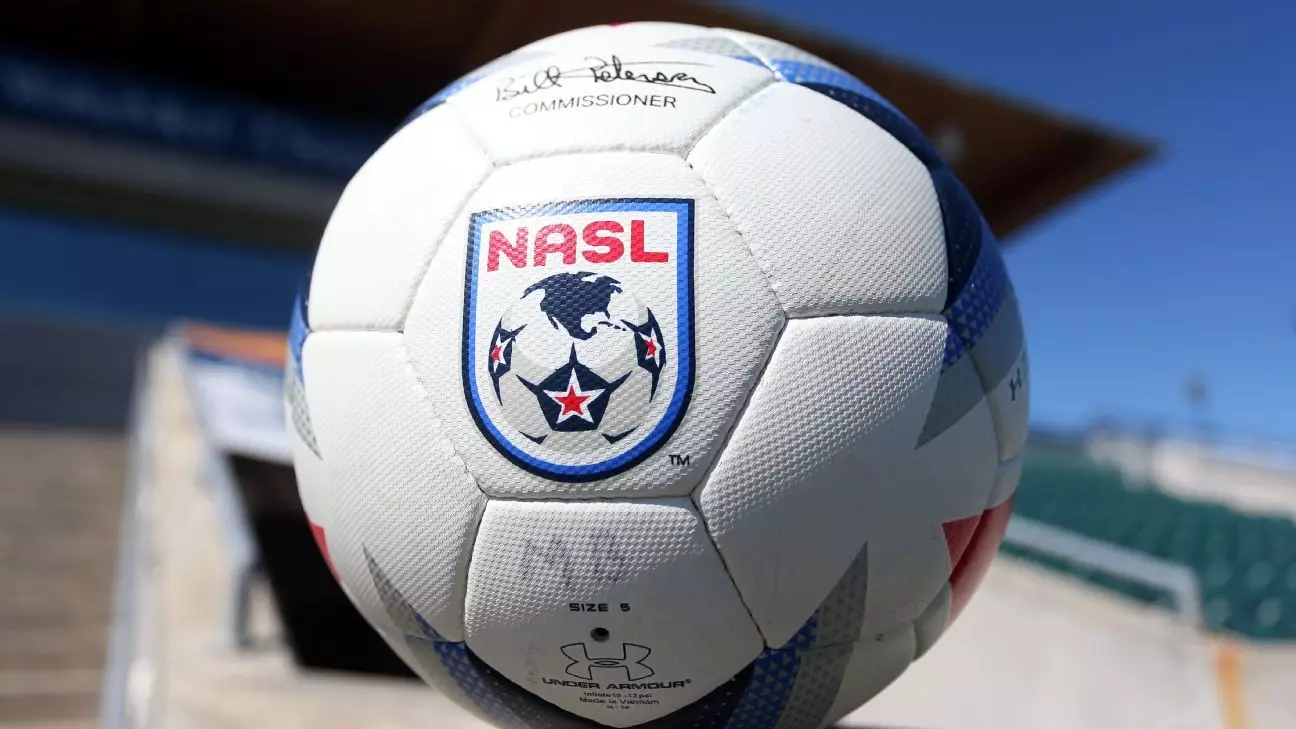The recent verdict in favor of the U.S. Soccer Federation (USSF) and Major League Soccer (MLS) against the North American Soccer League (NASL) marks a significant milestone in American soccer. After a legal battle spanning seven years, the jury’s decision has far-reaching implications, reflecting not only the state of professional soccer in the United States but also the complex relationship between sports governance, competition, and market dynamics.
The conflict arose in the wake of the USSF’s decision to deny the NASL’s application for a Division 2 league classification in September 2017, a ruling that propelled the NASL into action, ultimately resulting in its lawsuit. The NASL, which existed from 2011 to 2017 as a second-tier league, sought to argue that the USSF’s criteria were manipulatively structured to favor the established MLS, thereby hindering competition. With initial damage claims amounting to $500 million, the NASL’s lawsuit represented a major confrontation within the hierarchy of American soccer.
The crux of the NASL’s complaint revolved around allegations that the USSF’s Professional League Standards (PLS) were used as a tool to stifle competition. The league contended that these standards were arbitrarily set to make it virtually impossible for the NASL to meet the requirements for Division 2 status, allowing MLS to maintain its dominance in the soccer landscape. This contention opens up broader discussions about regulatory frameworks and their implications for competitive fairness in sports.
The trial featured notable testimonies from influential figures in American soccer, such as former USSF president Sunil Gulati and MLS commissioner Don Garber. The presence of prominent personalities, including NBA star Carmelo Anthony, who was involved financially with the Puerto Rico Islanders, added to the case’s relevance and scrutiny. Through three weeks of testimony, the jury was presented with various perspectives on whether the USSF’s actions were a violation of antitrust laws or a justified measure to ensure a stable league structure.
The NASL posited that cooperative decisions among the USSF, MLS, and United Soccer League (USL) led to a systematic denial of opportunities for their league. However, the defense effectively countered this argument by emphasizing the competitive realities within the soccer ecosystem. The jury was tasked with discerning whether actions taken by USSF and MLS constituted antitrust violations or legitimate regulatory practices in a competitive market.
The Outcome and Its Significance
Following the extensive deliberations, the jury found in favor of the USSF and MLS, leading to the conclusion of the NASL’s antitrust claims. The USSF released a statement declaring their satisfaction with the verdict, highlighting its implications for fostering a healthier competitive environment across all levels of soccer in the U.S. Similarly, MLS framed the ruling as a validation of its investment and commitment to the sport’s growth.
Critically, this ruling casts light on the underlying governance issues within soccer leagues. The court’s rejection of the NASL’s arguments signals a rejection of the notion that league structures should be altered to facilitate the aspirations of newer or weaker leagues. The ruling implies that the existing framework—characterized by rigorous standards—is seen as necessary for ensuring the stability and quality of the soccer infrastructure in the U.S.
The Road Ahead for Soccer in America
As the NASL prepares to appeal the verdict, the broader implications for soccer in America warrant consideration. The case has exposed the complex relationship between leagues, governance, and competition. It raises questions about the measures needed to promote inclusivity and diversity in domestic soccer, especially as the landscape evolves with emerging leagues and franchises seeking to carve out their niches.
For stakeholders within U.S. soccer, including players, fans, and investors, the ruling symbolizes both a challenge and an opportunity. It reinforces the idea that success in sports generates from strategic planning, investment, and self-sustainability rather than relying on regulatory shifts that potentially undermine established leagues.
As MLS and USSF look toward the future, with increasing investment and a focus on player development, the trajectory of soccer in the U.S. hinges on balancing competition with governance, ensuring that all leagues can thrive amidst the complexities of market dynamics. The NASL’s plight serves as a reminder of the delicate fabric of professional sports, where ambition must be matched by strategic execution and compliance with established norms.

